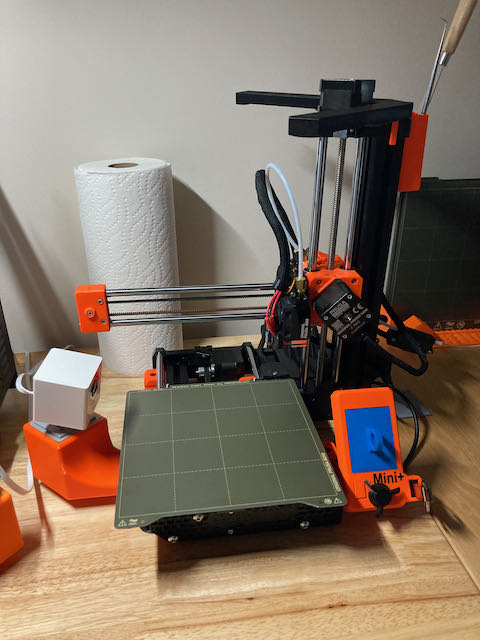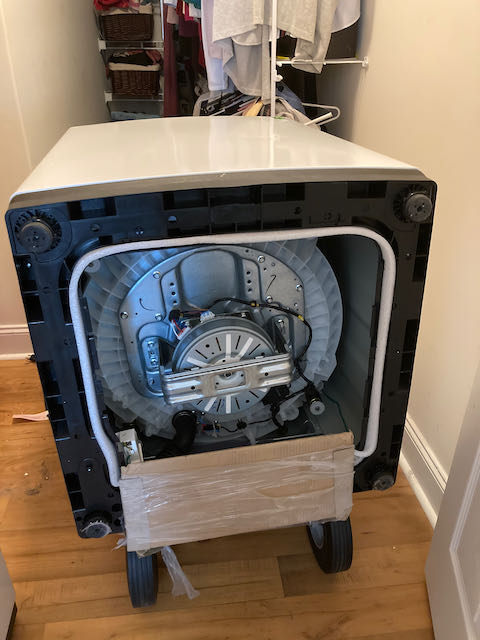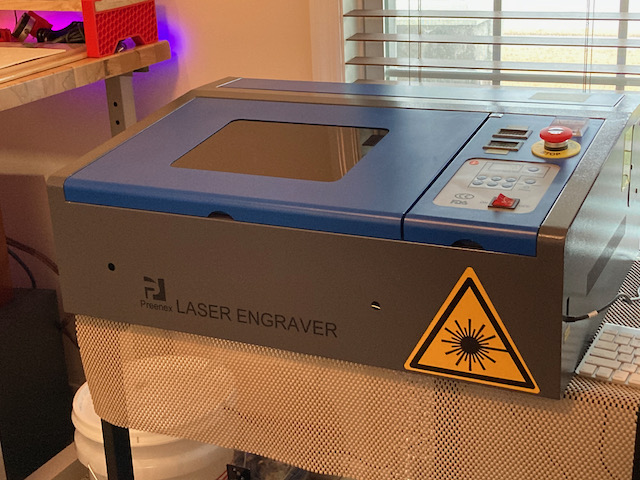I get on a network security / router security kick every now and again. For the last week or so I have been reconfiguring my main router. I have a Netgear R7800 that was running a firmware called OpenWRT. I prefer to run Open Source firmware on my routers for a couple of reasons.
- Users can view the code. When you buy a router at Walmart or Target or from Amazon or wherever it comes with the manufacturers proprietary firmware. You have no idea what is in the code. Also their goals are to make money, and make the router as simple as possible so you don’t call their paid support centers. Complex configurations that are safer cause connection problems.
- There is a community of people who submit security and performance changes to the Open Source firmwares. When exploits are discovered they are patched. When is the last time you got a firmware update on your home router?
Router exploits and bugs are SCARY and all too frequent. Here is a good resource where recent bugs against routers and modems are listed from news articles. Scroll down that list. I bet you won’t get far before you see a recent exploit discovered against your home router.

 The actual goal of 3D printing is to make your 3D printer unrecognizable from its stock form is less than one week.
The actual goal of 3D printing is to make your 3D printer unrecognizable from its stock form is less than one week.




